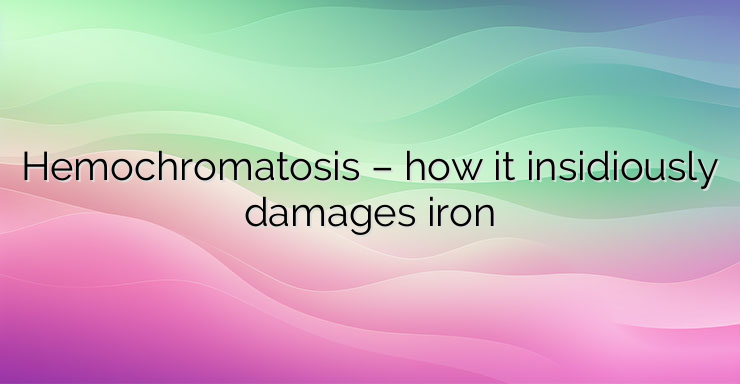Iron plays a crucial role in the body, being involved in the construction of hemoglobin and the function of various enzymes and biologically active substances. However, when iron metabolism goes awry, it can lead to a condition known as hemochromatosis. In this article, we will delve into the causes, symptoms, and treatment of hemochromatosis.
Causes of Iron Accumulation
Hemochromatosis can arise from both congenital and acquired factors. In the congenital form, a defect in the genes responsible for producing the protein hepcidin leads to disrupted regulation of iron metabolism. This results in increased absorption of iron in the digestive system, leading to its accumulation in organs such as the liver, joints, pituitary gland, pancreas, heart, and skin.
Acquired hemochromatosis may occur as a result of other conditions, such as hemolytic anemias or multiple blood transfusions, where prolonged destruction of red blood cells leads to increased iron deposition in organs.
Early Symptoms
The symptoms of hemochromatosis often manifest after years of iron accumulation, typically appearing after the age of 30-40. Initial complaints may include fatigue, sleepiness, joint pain, decreased libido, and menstrual disorders. Joint pain, particularly in the hands and feet, is common and can be detected through X-ray examination.
Effects on Endocrine Function
Hemochromatosis can affect the pituitary gland, leading to hormonal imbalances. As iron accumulates in the pituitary gland, its functions decline, resulting in reduced thyroid stimulation and decreased gonadal function. This can cause symptoms such as fatigue, sleepiness, decreased libido, and menstrual irregularities.
Late Manifestations
As hemochromatosis progresses, late manifestations become evident. The skin may darken and take on a gray-brown appearance, known as melanoderma, due to the deposition of melanin and iron in the skin layers. Hair loss in affected areas may also occur.
The liver is particularly vulnerable to damage from iron accumulation, leading to fibrosis and cirrhosis. Hepatocellular carcinoma becomes a significant risk in these patients. Additionally, iron accumulation in pancreatic cells can lead to the destruction of insulin-producing cells, resulting in bronze diabetes, characterized by decreased insulin levels and skin hyperpigmentation.
Diagnosis and Treatment
Diagnosing hemochromatosis involves a combination of clinical evaluation, laboratory tests, imaging studies, and, in suspected congenital cases, genetic studies. Treatment primarily focuses on reducing iron levels in the body.
Blood transfusions are often used initially to reduce iron levels. Subsequent maintenance therapy involves periodic bloodletting to further decrease iron stores. In some cases, iron chelators may be used to extract iron from tissues and excrete it through the kidneys. Dietary changes, such as limiting iron-rich foods like liver, spinach, and nettle, may also be recommended.
Conclusion
Hemochromatosis is a complex condition that requires careful management to prevent complications. Understanding its causes, symptoms, and treatment options is essential for both patients and healthcare providers. By raising awareness and promoting early detection and intervention, we can improve outcomes for individuals living with hemochromatosis.


Leave a Reply